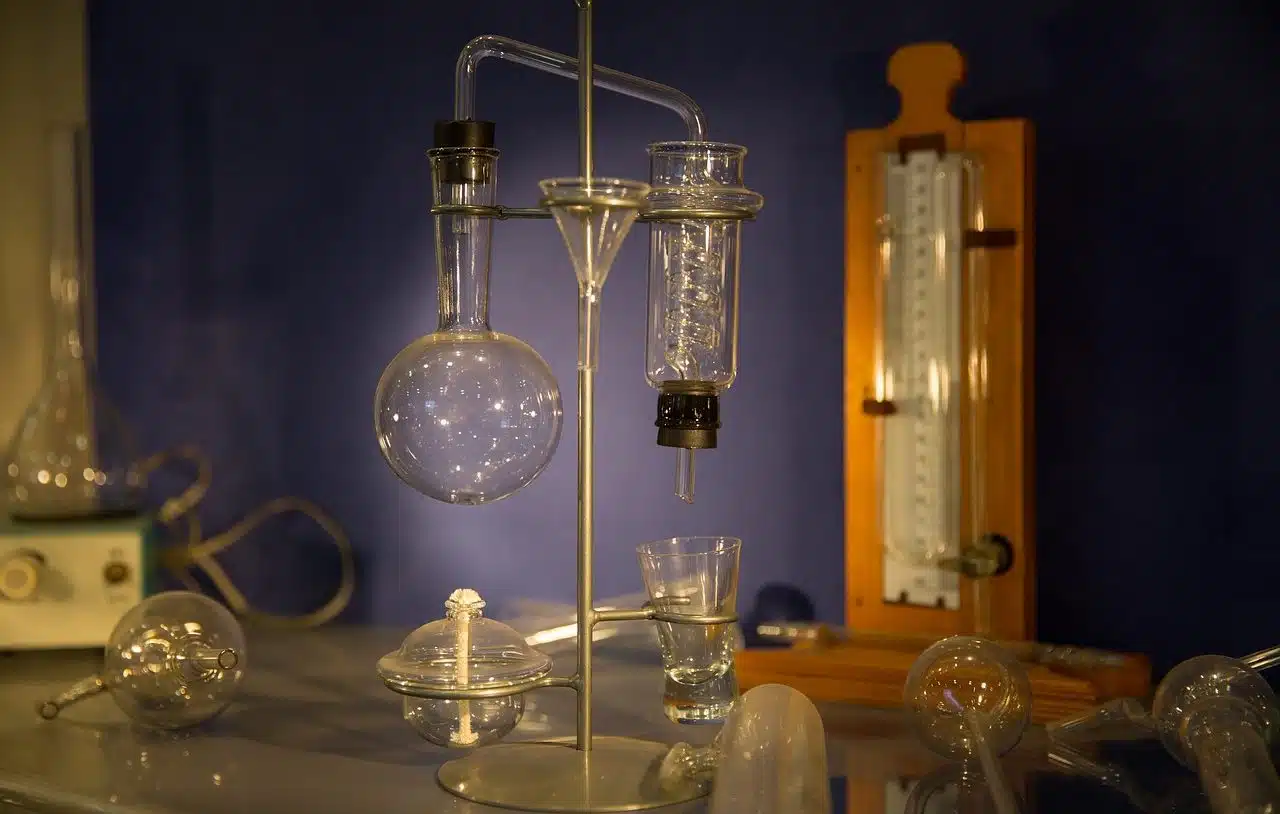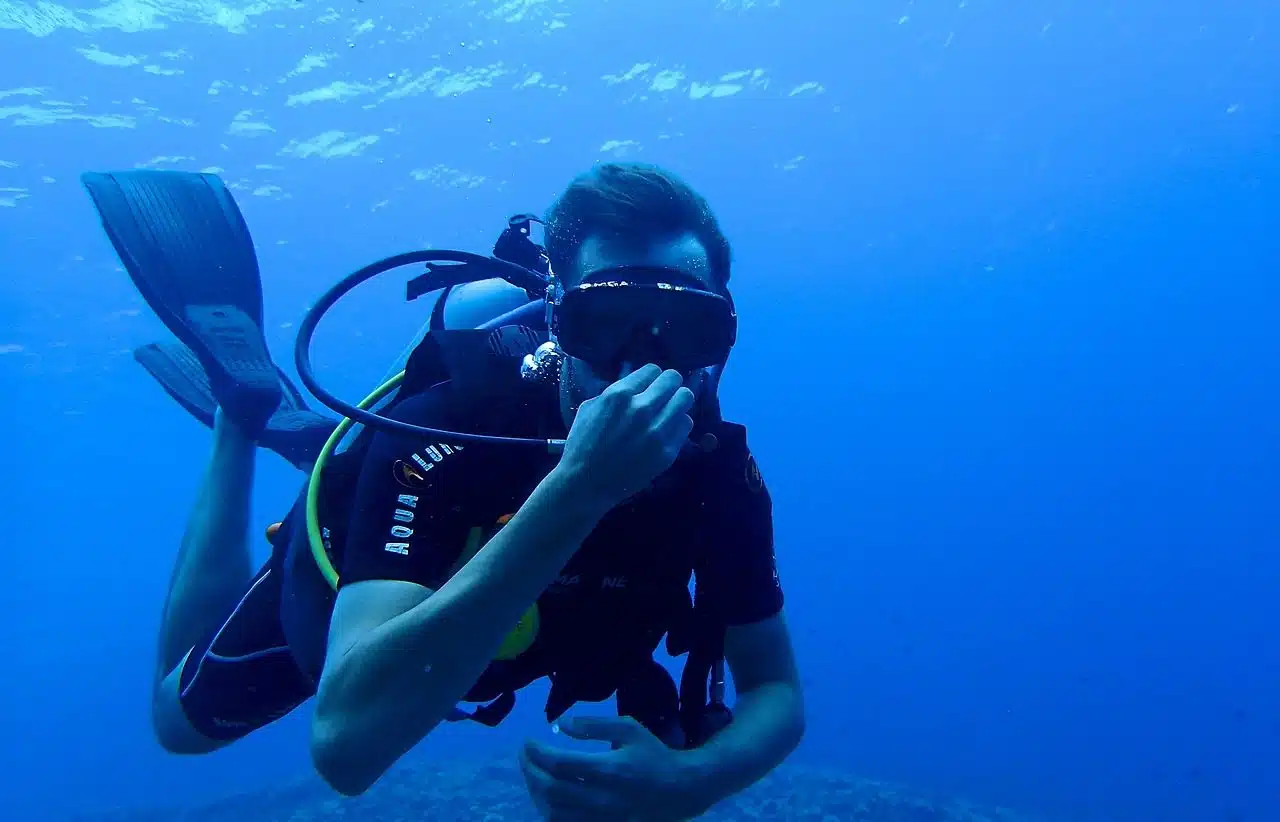
By analyzing or reproducing Boyle's experiment involving air, it is possible to determine that, if there is a constant temperature in a gas, its volume is proportionally inverse to the pressure exerted on it.
Boyle's law is a postulate that links the pressure and volume of a certain level of gas that is maintained at a constant temperature .
This content emerged in 1662 at the impulse of Robert Boyle , a theologian, inventor, physicist, philosopher and chemist who is noted as a precursor of modern chemistry . Years later, independently, his French colleague Edme Mariotte came to the same discovery, with the addition that the latter was able to discover that the volume of air shows changes as a result of temperature. Based on the contributions of both, this principle is sometimes cited as the Boyle-Mariotte law .
It is a reasoning that focuses on the inverse relationship maintained by both the volume and the pressure of a gas at a constant temperature in a closed container and is, therefore, nucleated in the set of gas laws . In this regard, it is interesting to mention that within this group appear, for example, Avogadro's law and Charles's law (also called the law of volumes ).
Emergence of Boyle's law
During the 17th century , Henry Power and Richard Towneley sought to prove the existence of a relationship between volume and pressure . Taking this work as a starting point, Robert Boyle carried out experiments and was responsible for officially publishing his conclusions and results, thus constituting the so-called Boyle's law . This was the first of the physical laws to be expressed as an equation aimed at describing the relationship between a pair of variable quantities.
According to some analysts, it was Robert 's assistant, an English scientist named Robert Hooke , who was in charge of developing, managing and taking advantage of the key device for the research and experimentation process, a device that was cataloged in history as the Boyle air pump .
It is appropriate to highlight that, from Boyle 's perspective, air consisted of a type of fluid based on particles in a state of rest distributed between tiny invisible springs. And his intention, as has emerged over time, was to prove that one of the essential elements for life is air .
His findings anticipated the same discoveries that brought fame to the Frenchman Edme Mariotte in 1679 . And there were still more valuable contributions to expand human knowledge on the subject, such as those made by Isaac Newton , Daniel Bernoulli , Ludwig Boltzmann and James Clerk Maxwell .
Implications and applications
The content of Boyle's law has a considerable scope that covers various areas of study and various applications. At home you can quickly verify the phenomenon you allude to by using a simple experiment that involves a plastic bottle, a container full of water and a balloon.
This postulate achieves visibility, on the other hand, when analyzing the human respiration cycle . It is necessary for the respiratory mechanism, specifically, that there be a change in pressure inside the lungs so that air can enter and exit. As the thorax expands thanks to the muscles involved in inspiration contracting, the alveolar pressure remains below the level of atmospheric pressure and thus a flow of air is attracted to each lung. And in the same vein, the importance of Boyle's law for those who practice diving appears as a related issue, since it gives an explanation to the sensations experienced when descending until reaching very deep waters. In this context, it is also necessary to take into account buoyancy (that is, the capacity that allows certain bodies to be supported within various fluids), which can be altered by changing the volume.
Nor can it be overlooked that this principle is even reflected in the airbag system present in numerous means of transport. Thanks to this mechanism associated with the safety of individuals traveling inside a vehicle, in the event of a blow or collision, an airbag inflates quickly in order to absorb the impact.

The theory of Boyle's law is understood in practice, for example, when analyzing the phenomena that occur in a dive, when divers descend to a certain depth and must consider, in that framework, air, pressure, etc
Connections between Boyle's law and other postulates
Boyle's law has points of comparison and similarities with different postulates. The physicist and engineer Émile Clapeyron , a Frenchman known worldwide for his contributions to modern thermodynamics , for example, was able to characterize the so-called perfect gases using data on volume , pressure and temperature from both Boyle's law and Charles's law .
Charles's law (which pays tribute from its name to Jacques Charles , its main promoter), it is worth clarifying, has an experimental root and focuses on the expansion of gases as their temperatures increase, pointing out at the same time that the Volume decreases as the thermal mark decreases. It has been determined that it has no effect when working with high pressure .

Each gas, according to the kinetic theory, is made up of microscopic particles that, as they are exposed to a higher temperature, move in multiple directions, generating in this framework an increase in volume and, simultaneously, a reduction in density. .
Gay-Lussac's law , finally, also deals with the volume and pressure of gases , but is generally reserved for an assessment that analyzes the temperature and pressure of a certain ideal gas studied at a constant volume . And since we mention the category of ideal gas , it is convenient to indicate that gases usually adopt a behavior typical of an ideal gas in a wide range of pressures upon reaching the level indicated as Boyle temperature .
